The Tampa Bay Buccaneers have a list of 19 potential unrestricted free agents to sort through before March 18 (and perhaps a bit after March 18). A good number of those are key figures in a defense that finished fifth in Football Outsider's DVOA in 2019, and keeping as much of that crew together is a priority for Head Coach Bruce Arians.
That group includes the NFL's sack leader (Shaquil Barrett), a hugely disruptive interior force (Ndamukong Suh), a career 80-sack edge rusher (Jason Pierre-Paul) and a team captain with a non-stop motor (Carl Nassib). Can the Buccaneers bring all of them back? That's the ultimate goal but it won't be easy.
The good news is that one key figure in the Bucs' defensive success in 2019 will definitely be back. That would be Defensive Coordinator Todd Bowles, who helped engineer a clear improvement from the year before, one that looks like it is sustainable in 2020 and beyond. Bowles did what Arians wants all facets of his team to do: He attacked.
| YOU MAY LIKE |
|---|
| Buccaneers.com 2020 Mock Draft 2.0 |
| ESPN's Kiper Cops Another LSU Player for Bucs in Mock Draft 2.0 |
Bowles' Buccaneer defense appeared to be significantly more aggressive than the one it replaced, and the final numbers support that impression. According to the NFL's Next Gen Stats, the 2018 Buccaneers sent four or fewer defenders after the quarterback on 73.3% of opposing dropbacks, and "blitzed" – sent five or more – on 26.7% of them. This past fall, the Buccaneers sent four or fewer defenders after the quarterback on 57.9% of snaps, blitzing 42.1% of the time. That's a lot more blitzes.
In addition, the Buccaneers' success rate when sending extra pass-rushers was better in 2019 than it was the year before, in several key categories at least. Of course, it's fair to point out that the Bucs' pass-defense numbers were better across the board; they really only had one direction to go after a disastrous 2018.
View Gregg Rosenthal's top 25 NFL free agents and see which two Bucs make the list.
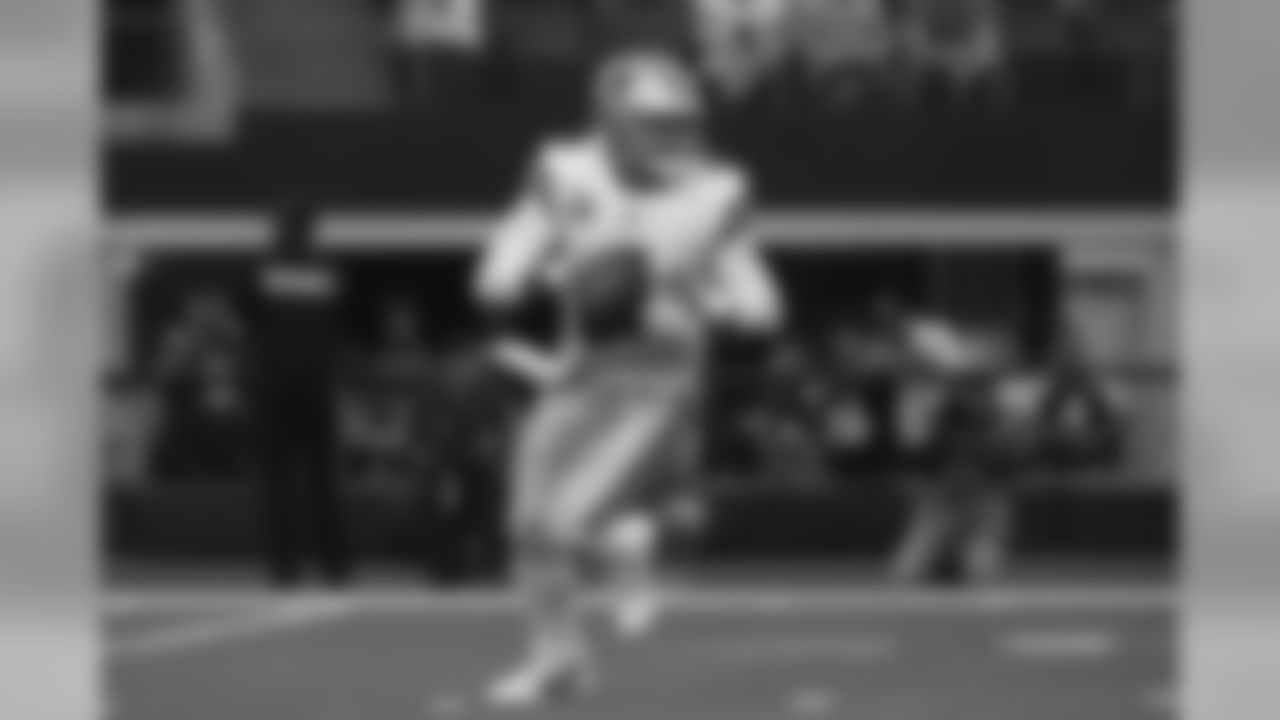
(QB) Dak Prescott-Cowboys
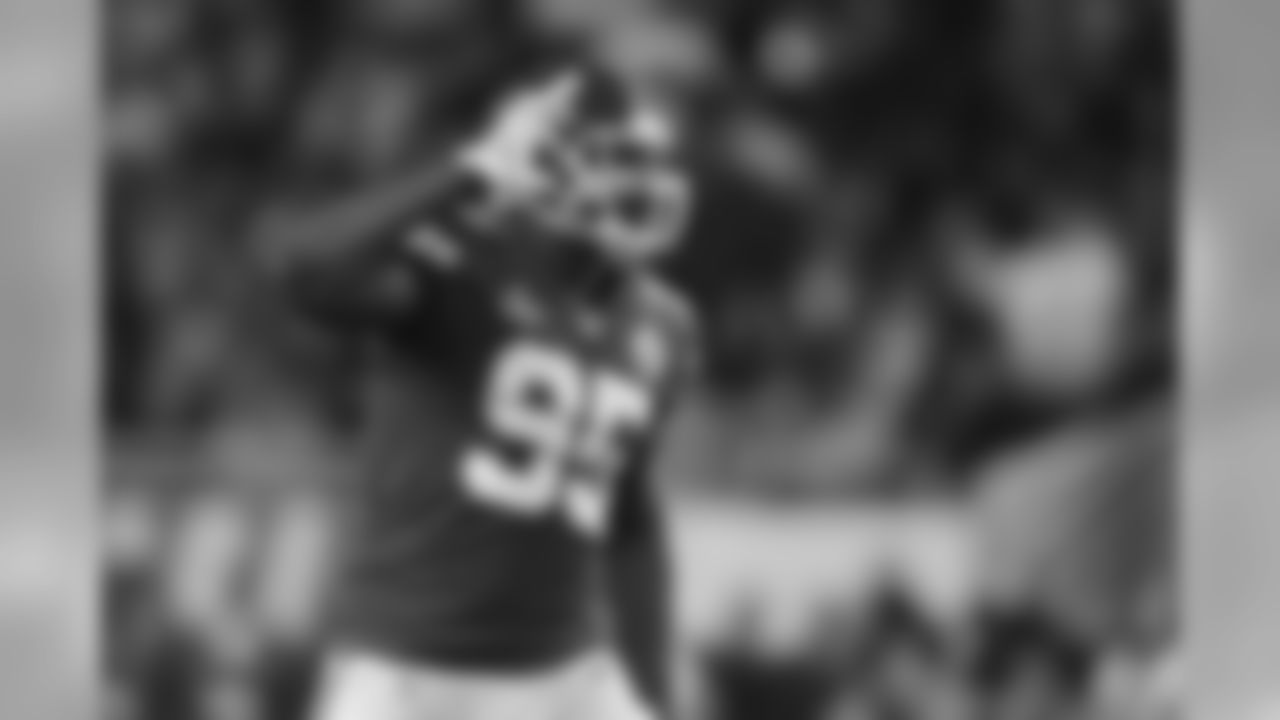
(DE) Chris Jones-Chiefs
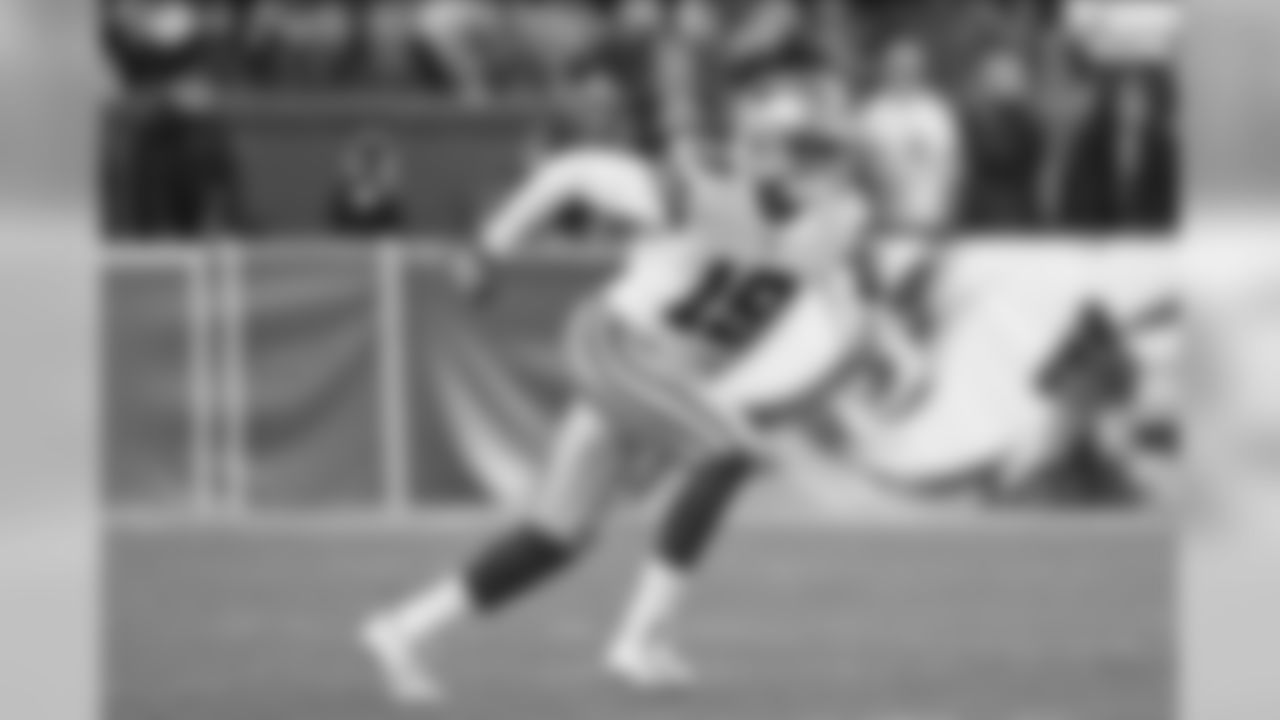
(WR) Amari Cooper-Cowboys
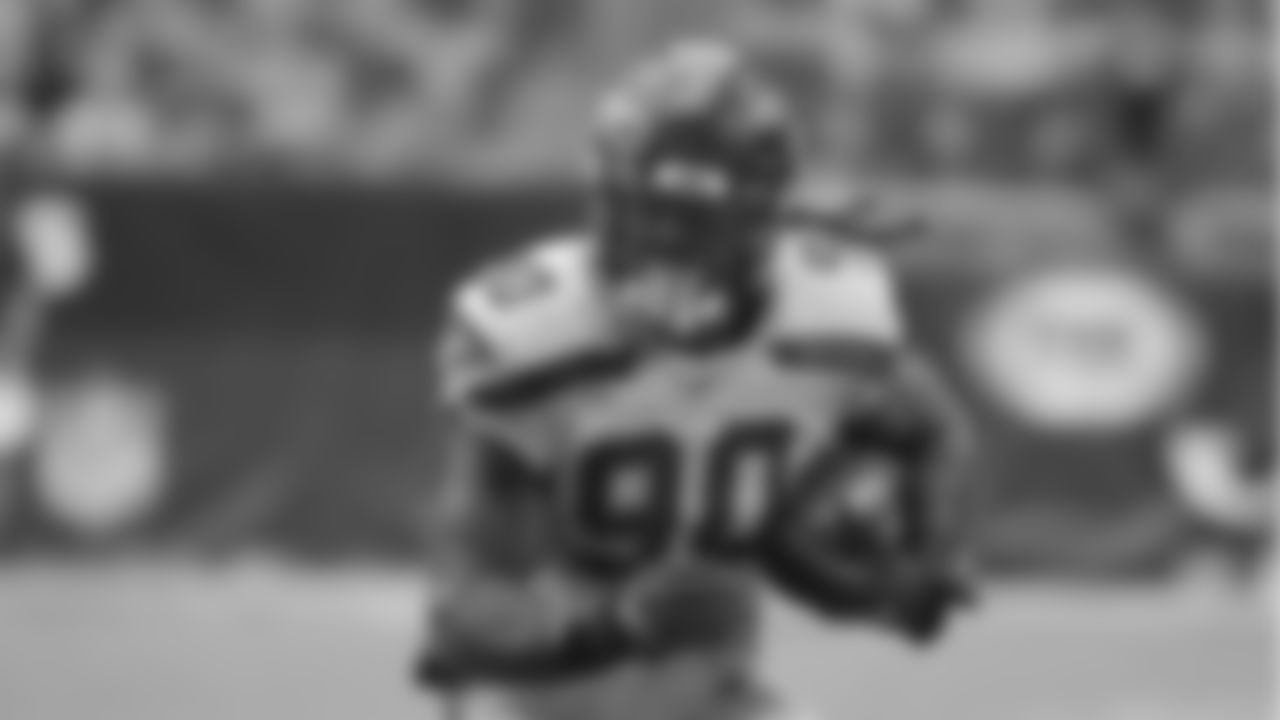
(DE) Jadeveon Clowney-Seahawks
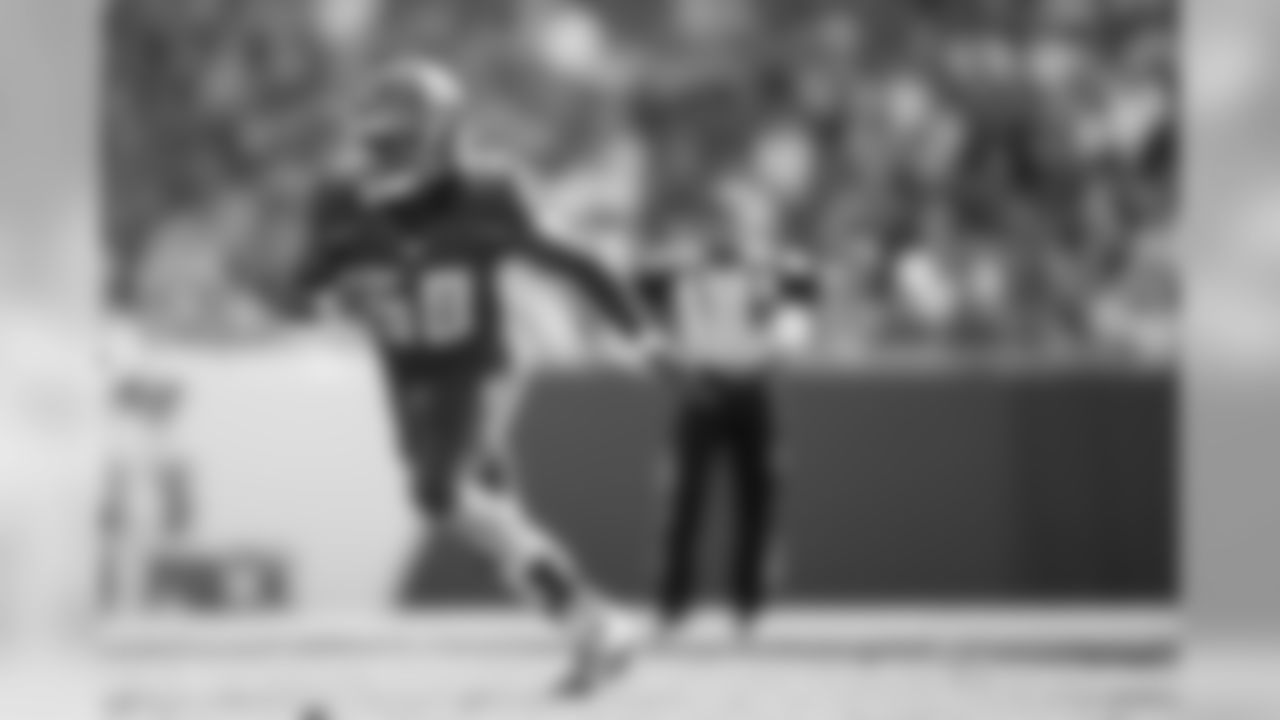
(OLB) Shaq Barrett-Buccaneers

(QB) Ryan Tannehill-Titans
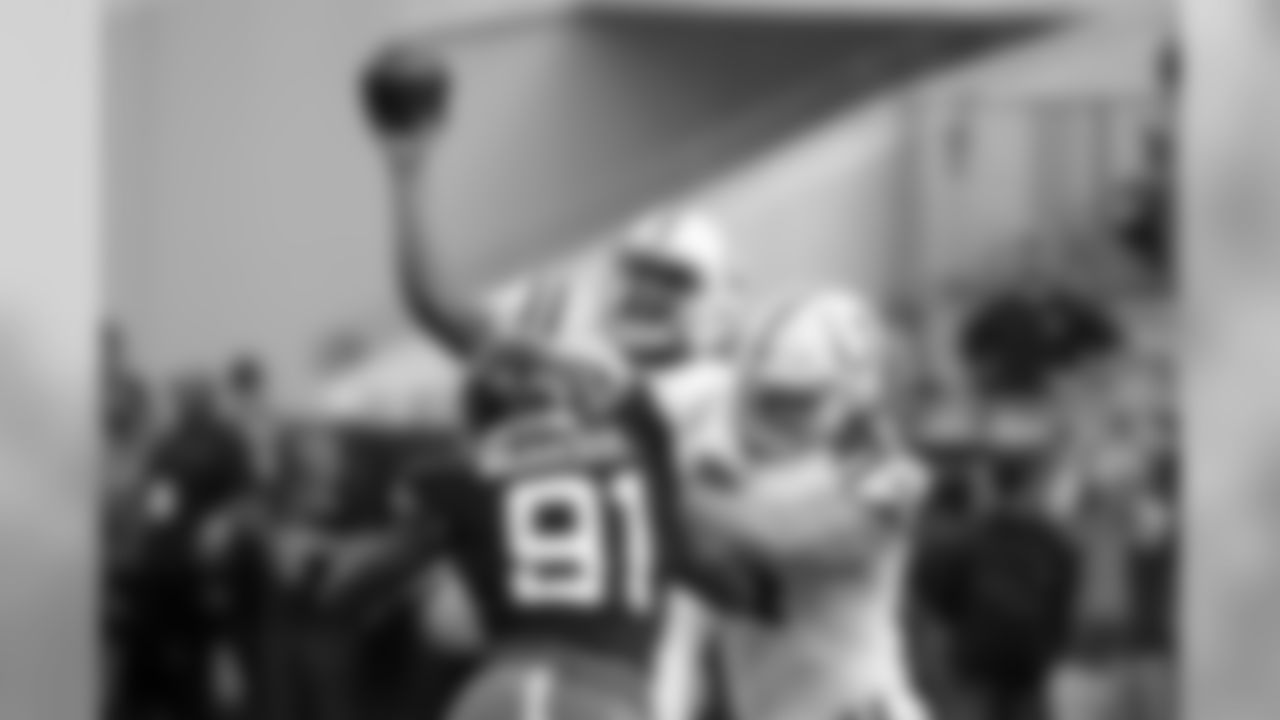
(DE) Yannick Ngakoue-Jaguars
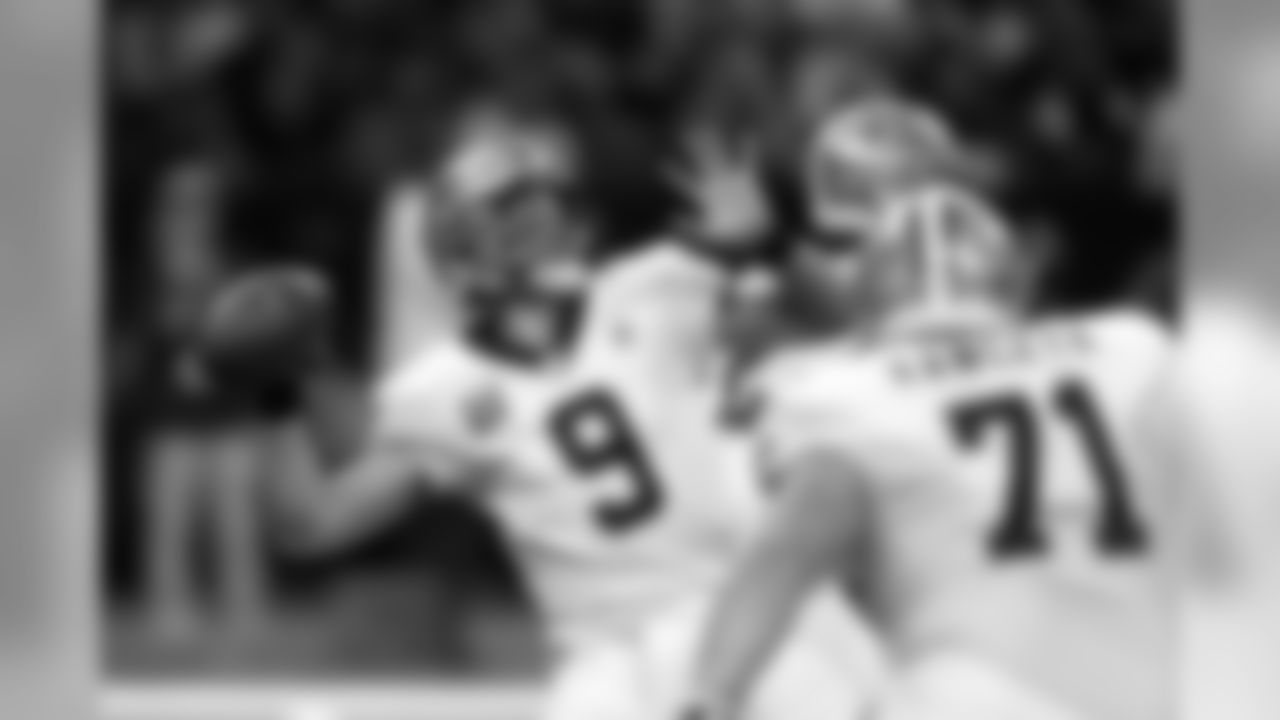
(QB) Drew Brees-Saints
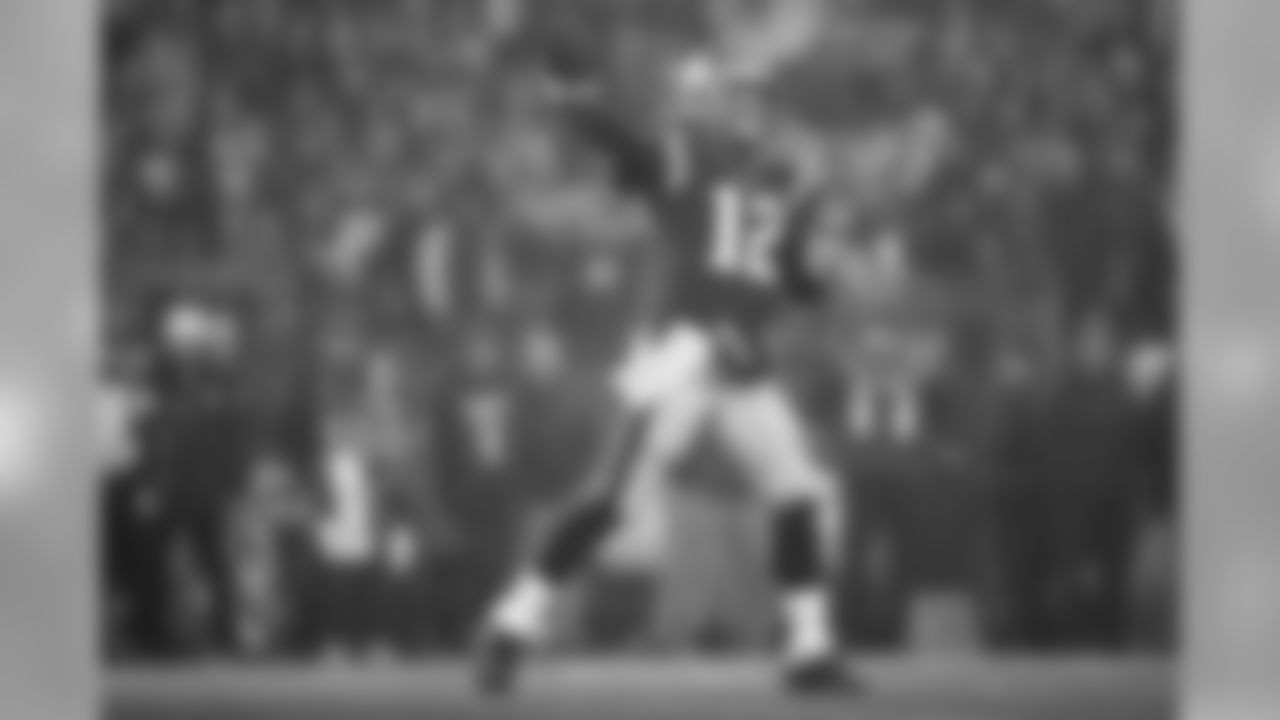
(QB) Tom Brady-Patriots
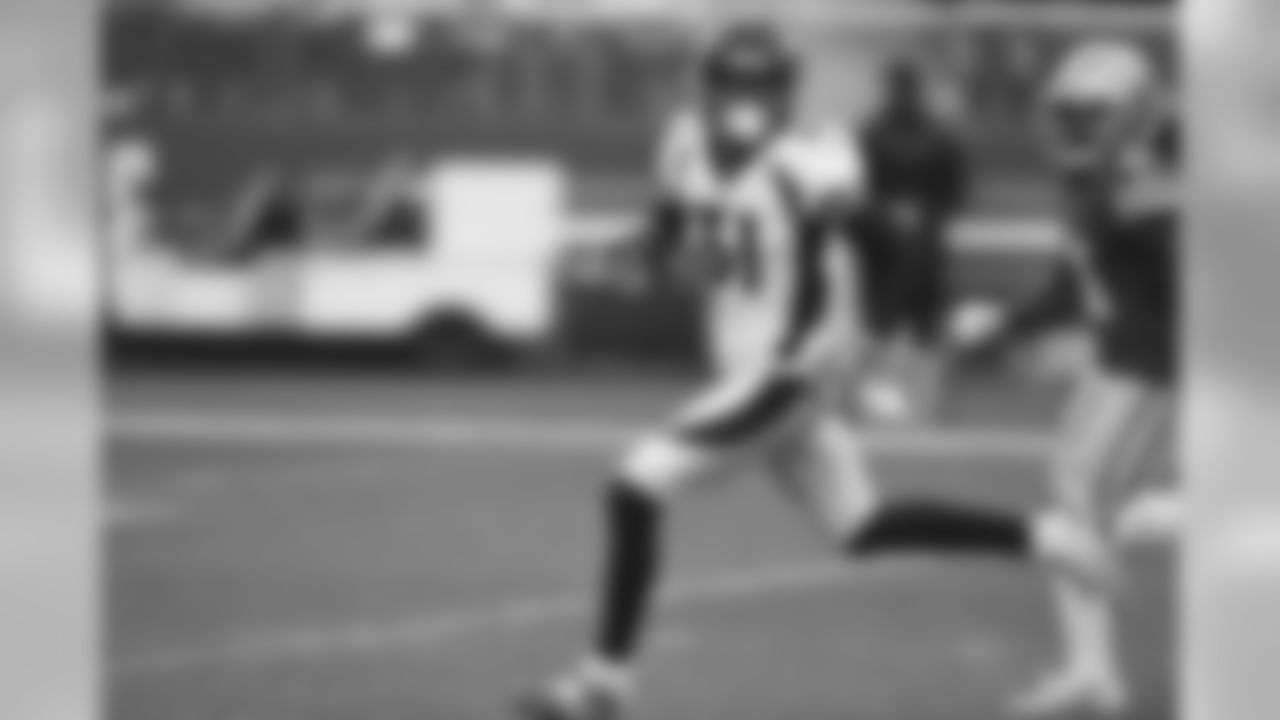
(S) Justin Simmons-Broncos
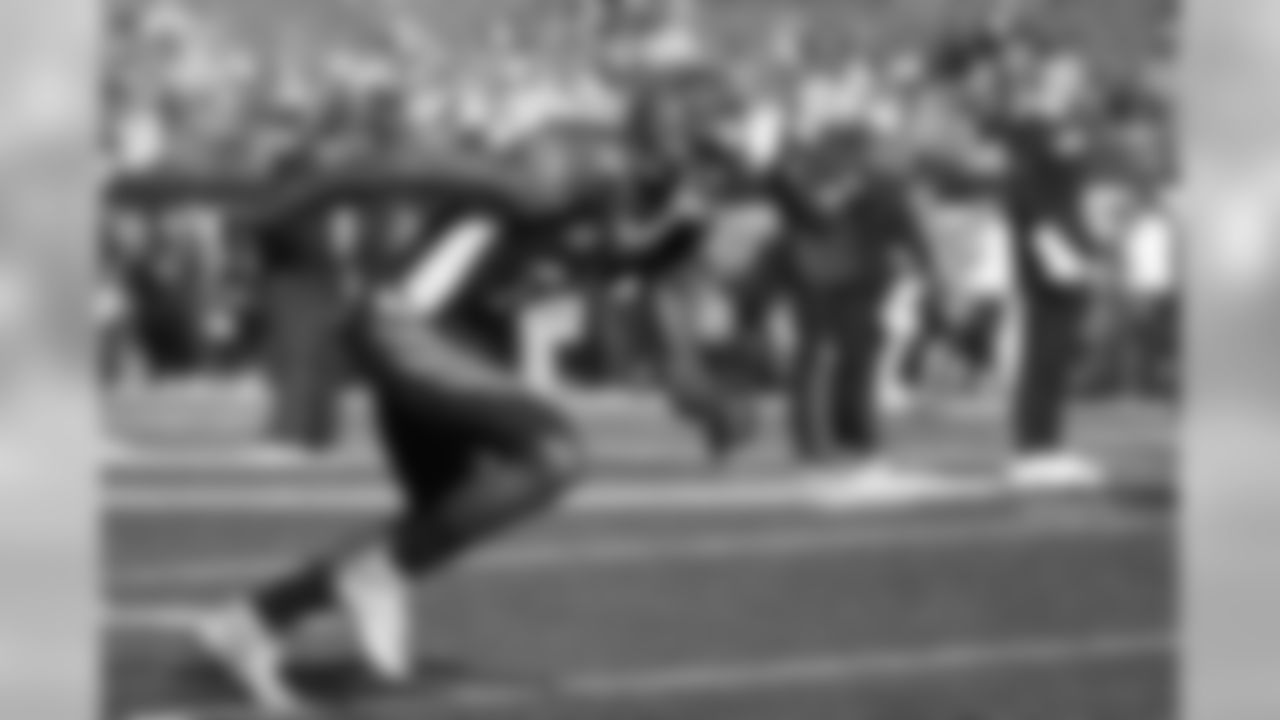
(WR) A.J. Green-Bengals
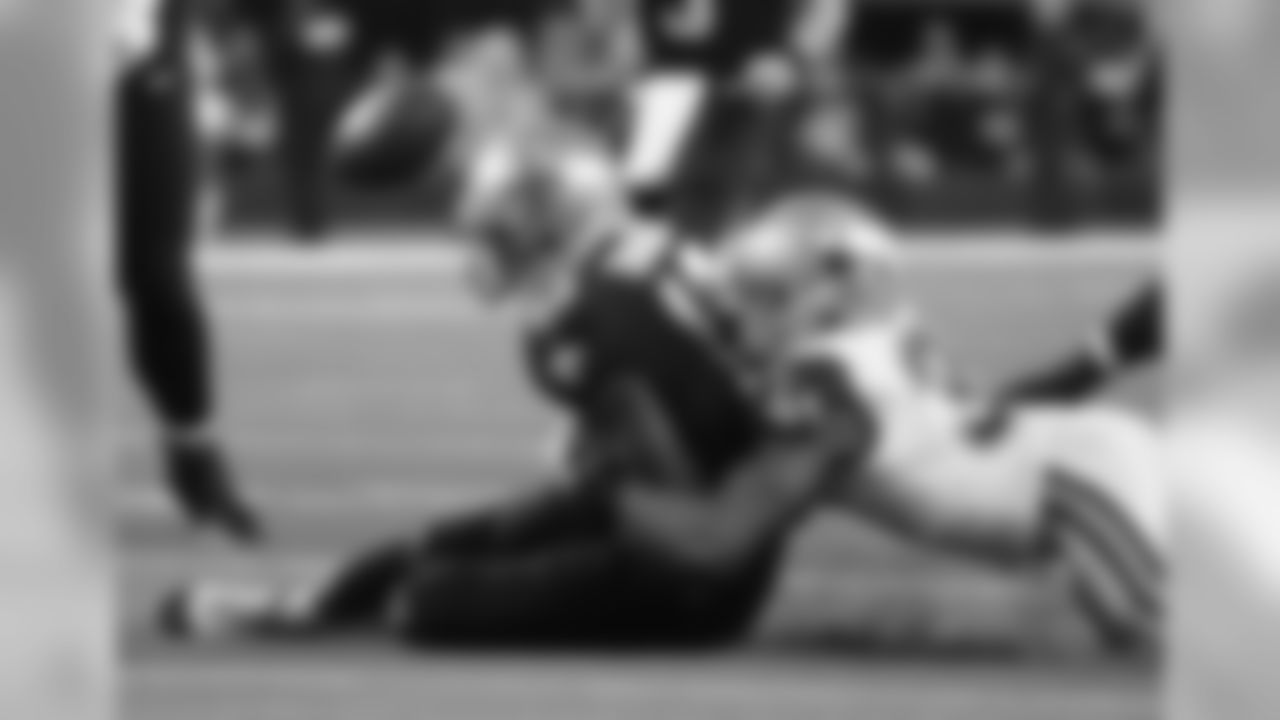
(CB) Byron Jones-Cowboys
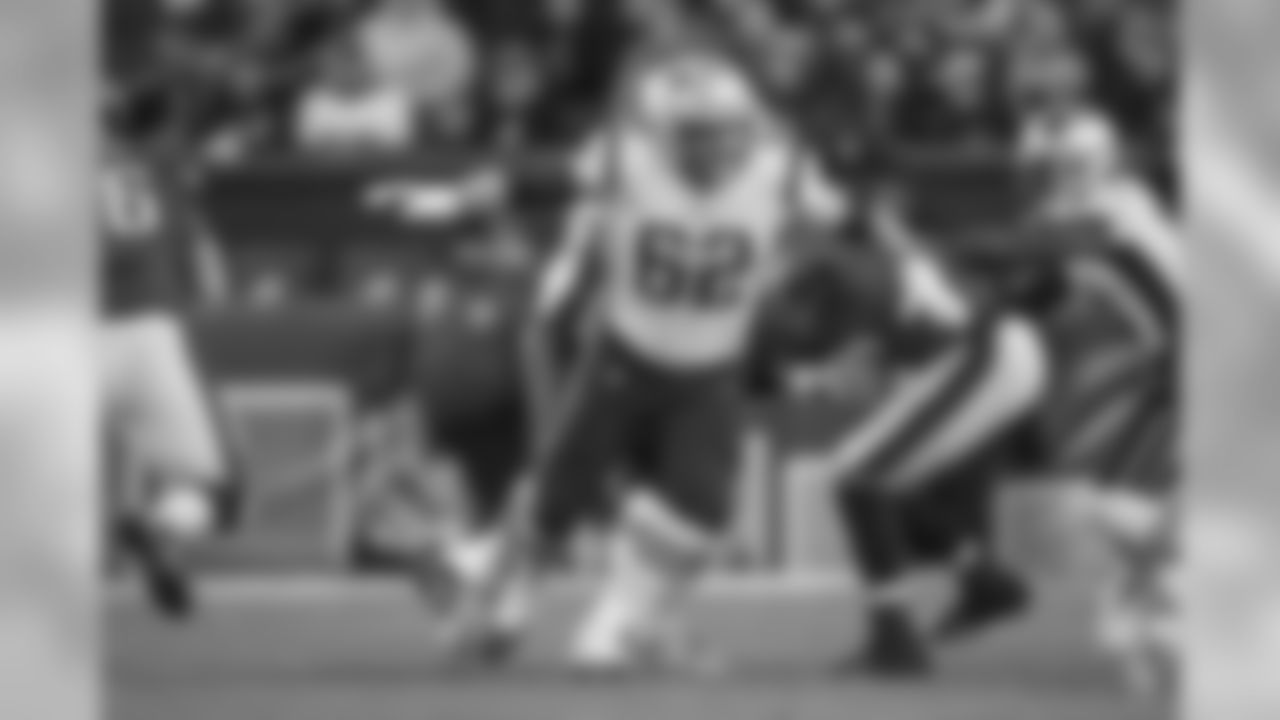
(OG) Joe Thuney-Patriots
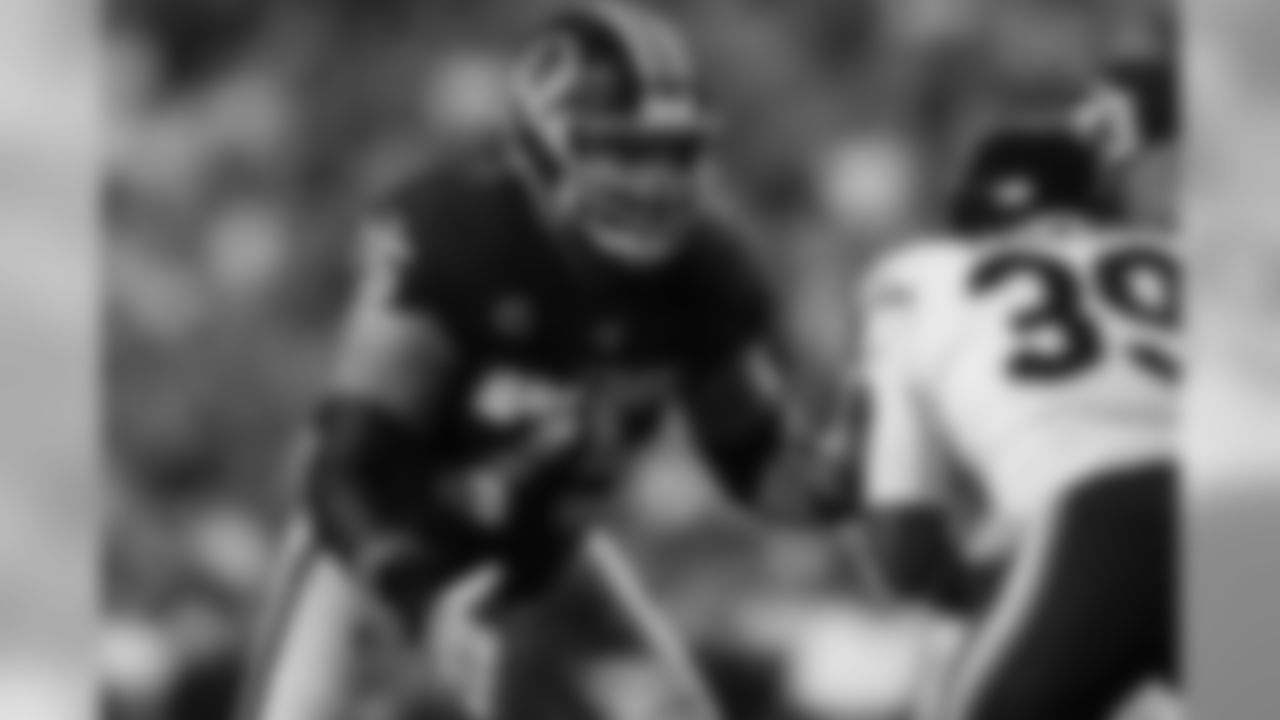
(OG) Brandon Scherff-Redskins
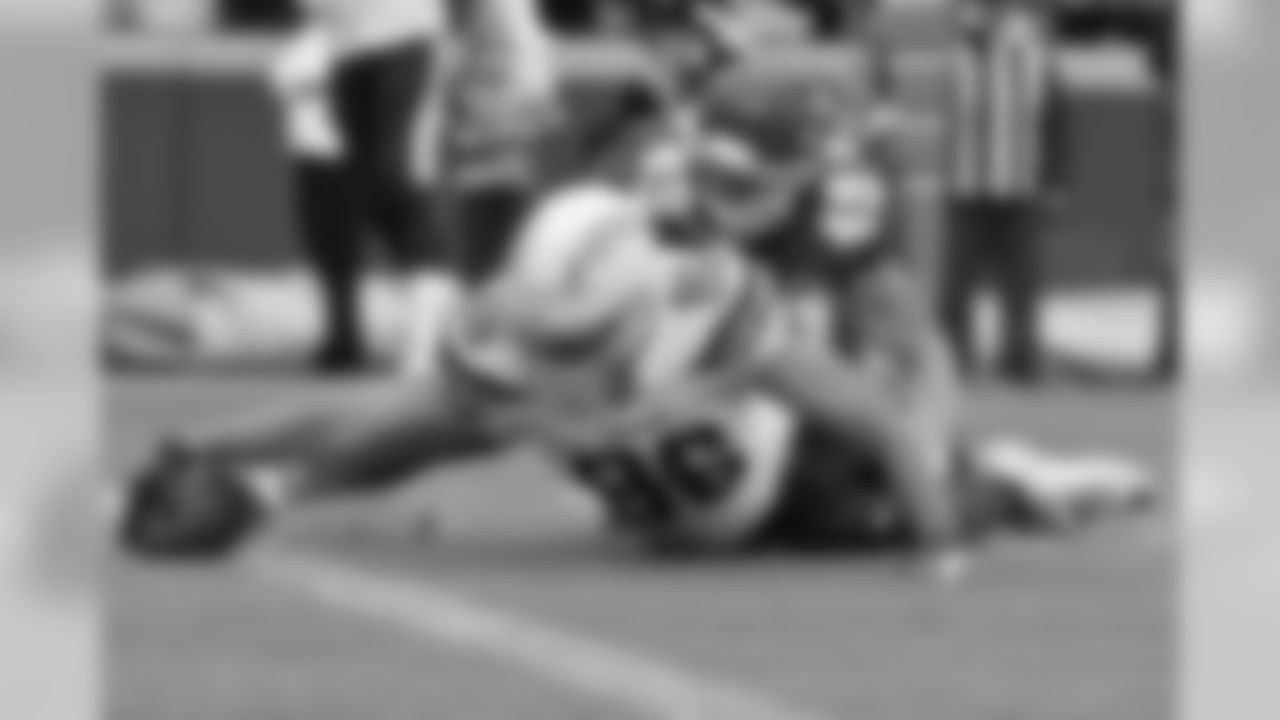
(TE) Hunter Henry-Chargers
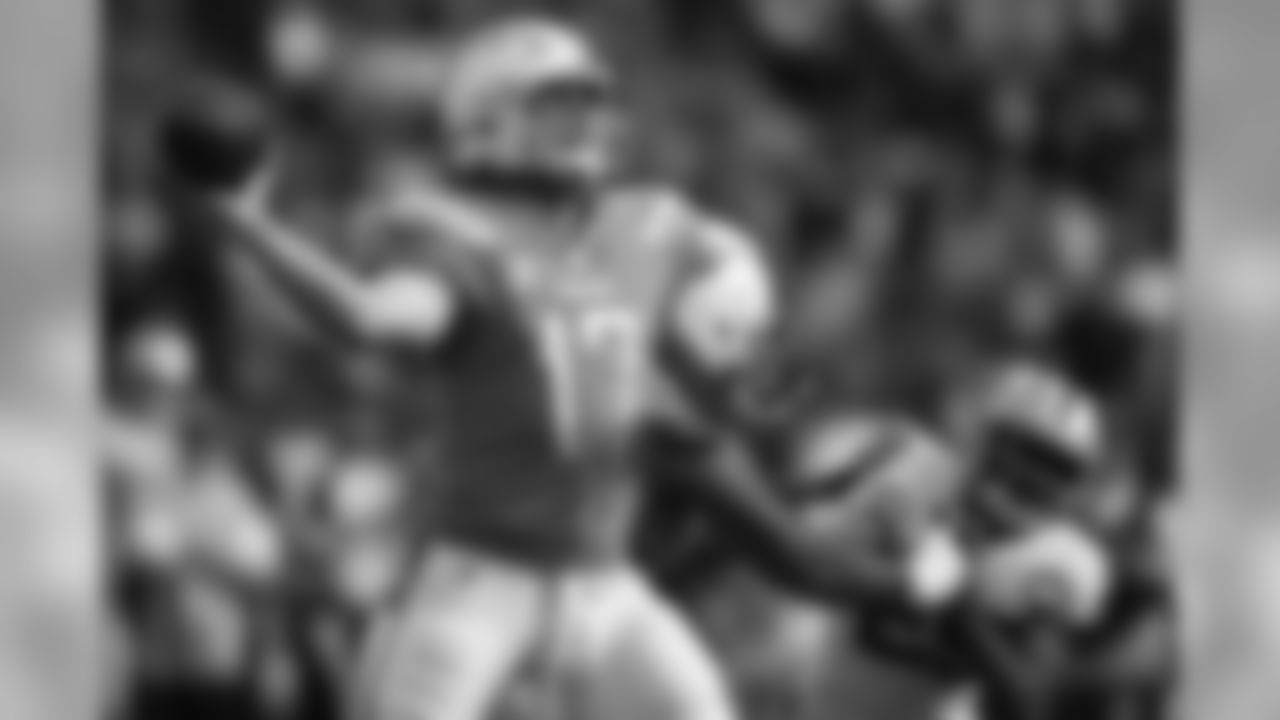
(QB) Philip Rivers-Chargers
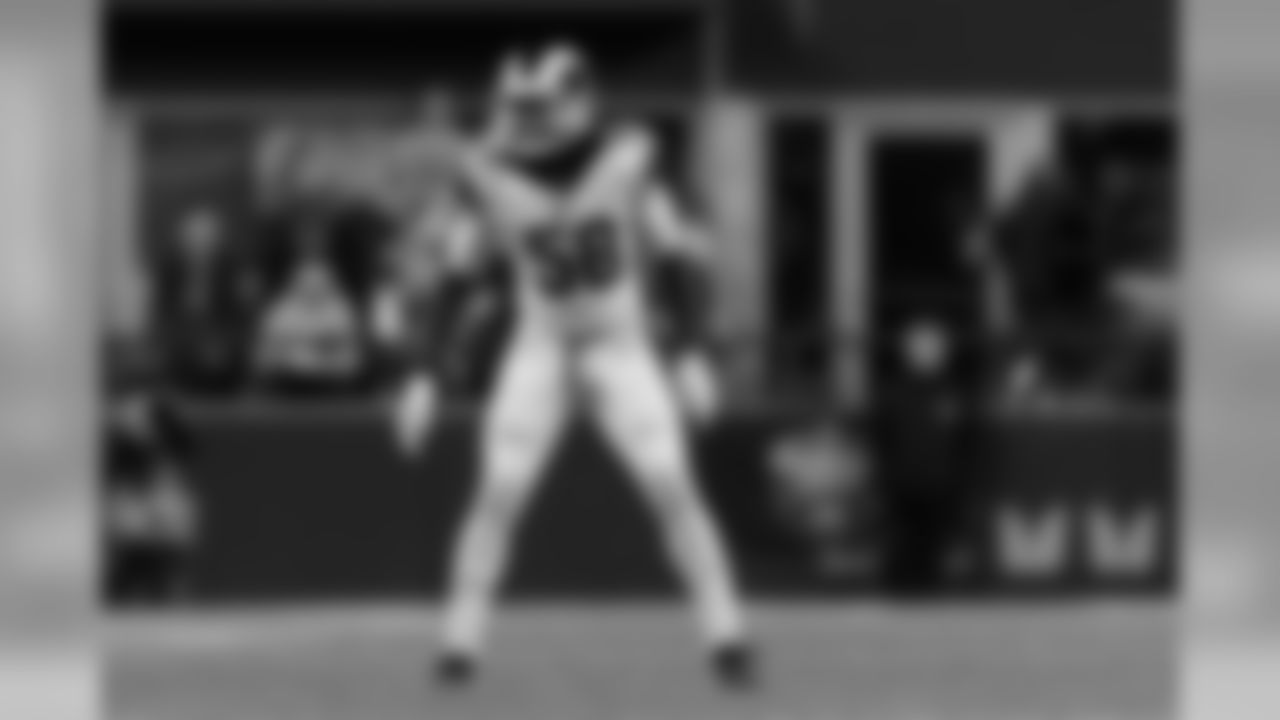
(LB) Cory Littleton-Rams
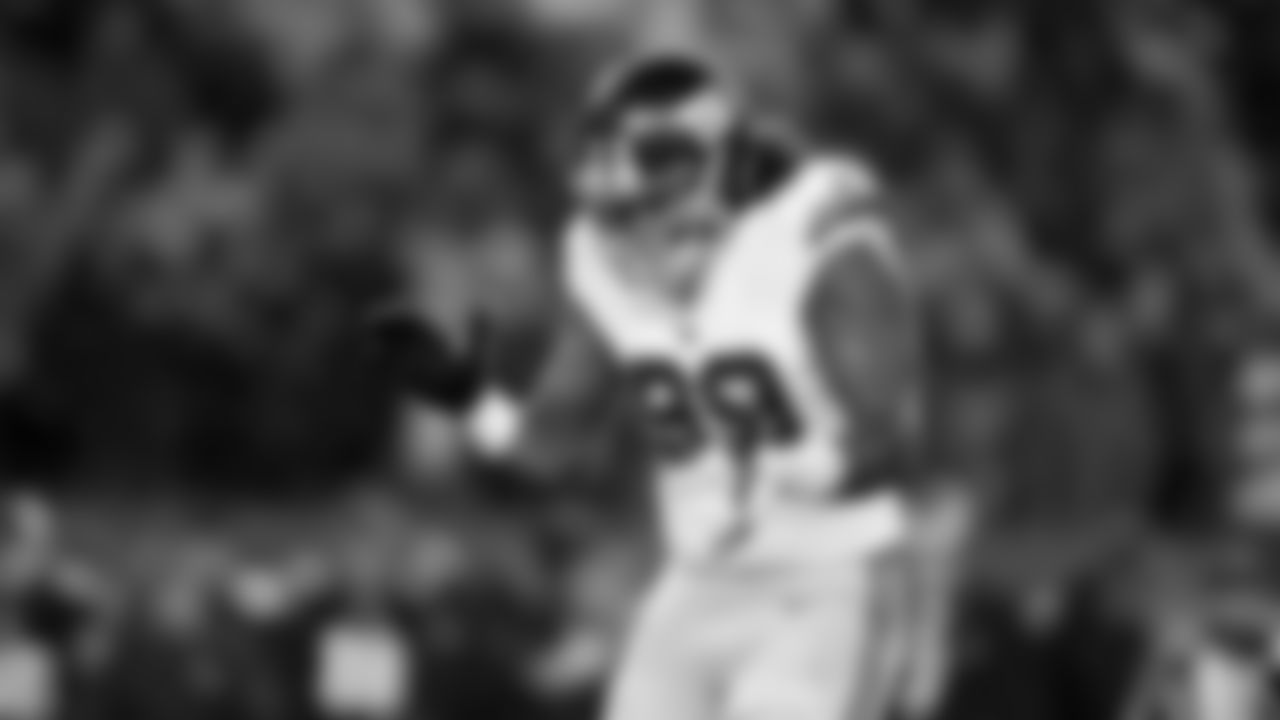
(DE) Leonard Williams-Giants
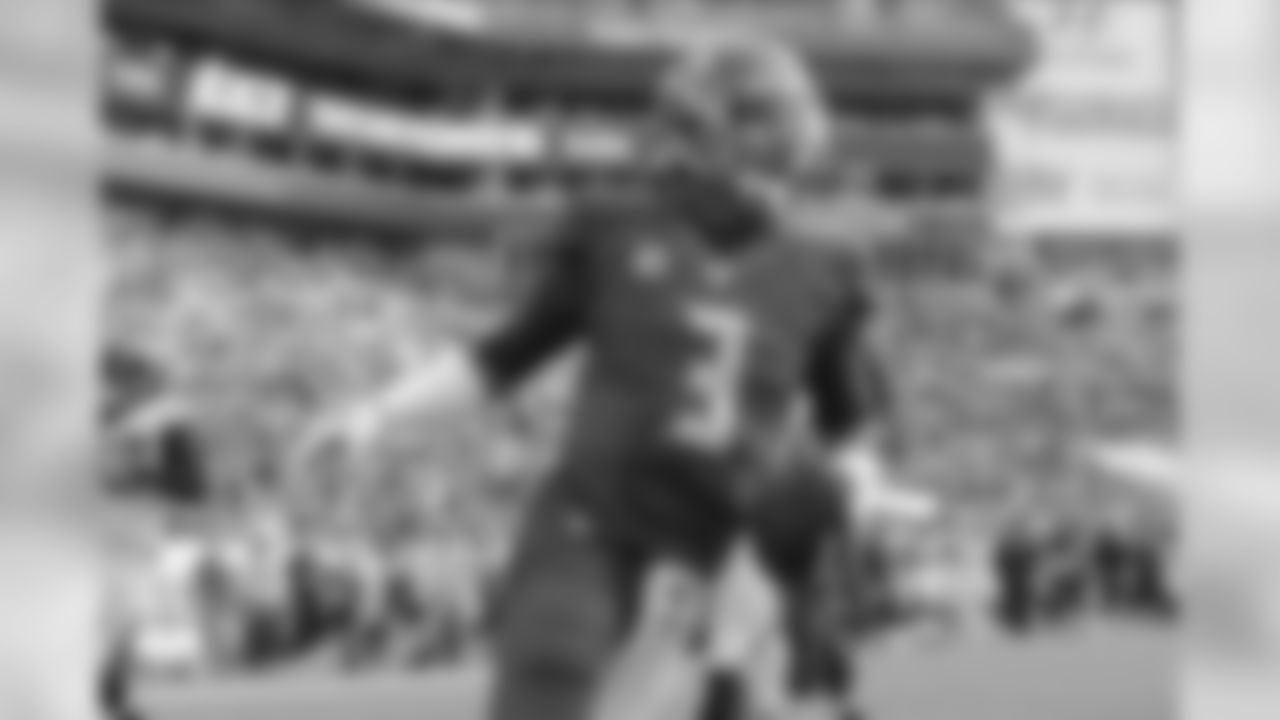
(QB) Jameis Winston-Buccaneers
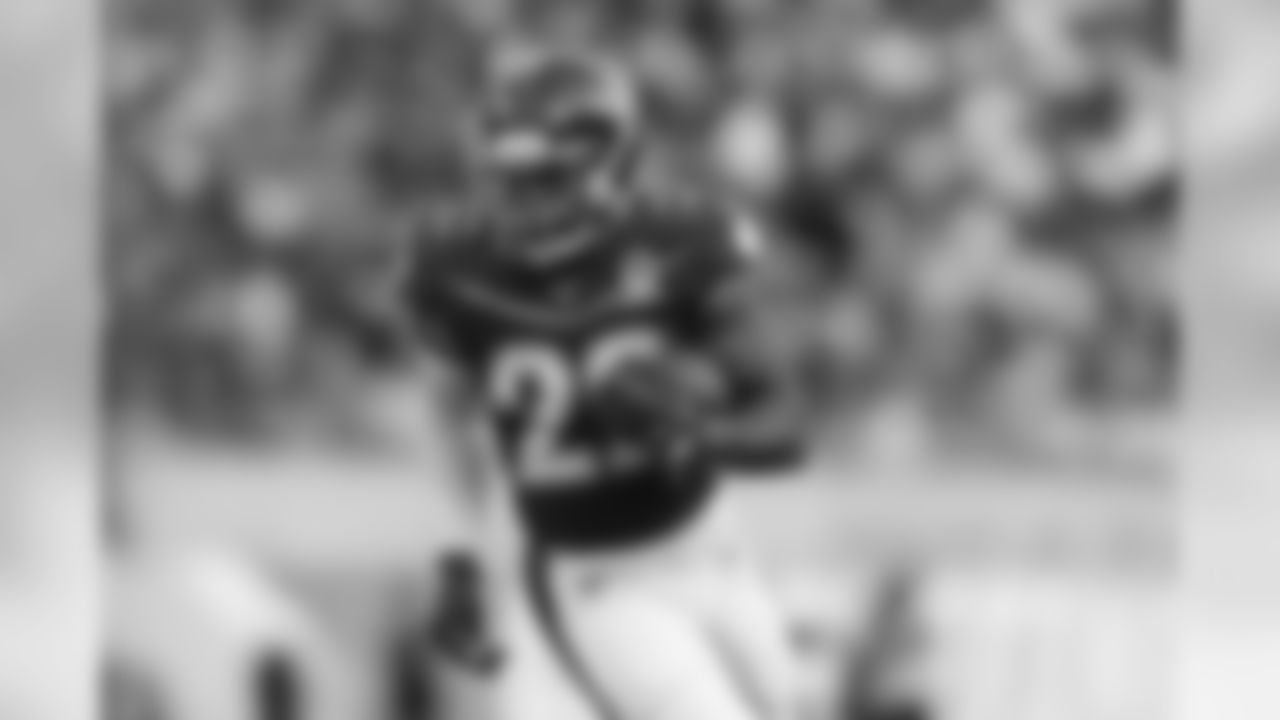
(RB) Derrick Henry-Titans
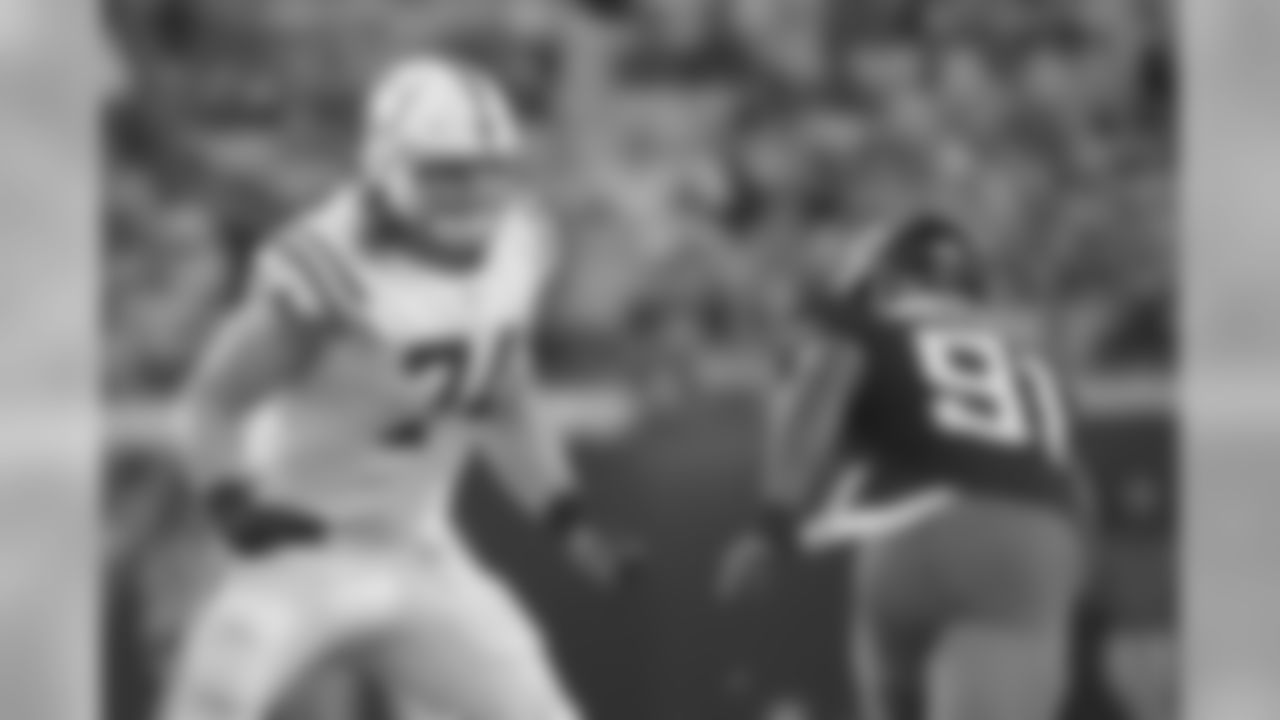
(OT) Anthony Castonzo-Colts
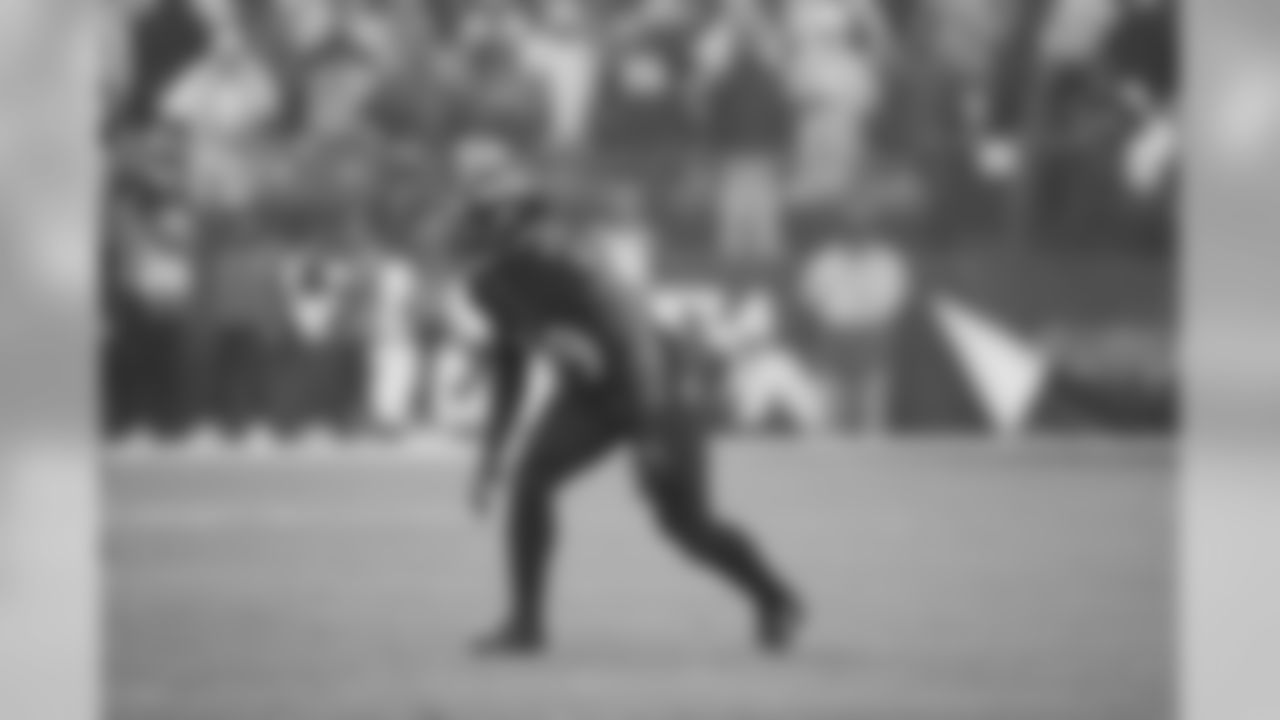
(OLB) Matthew Judon-Ravens
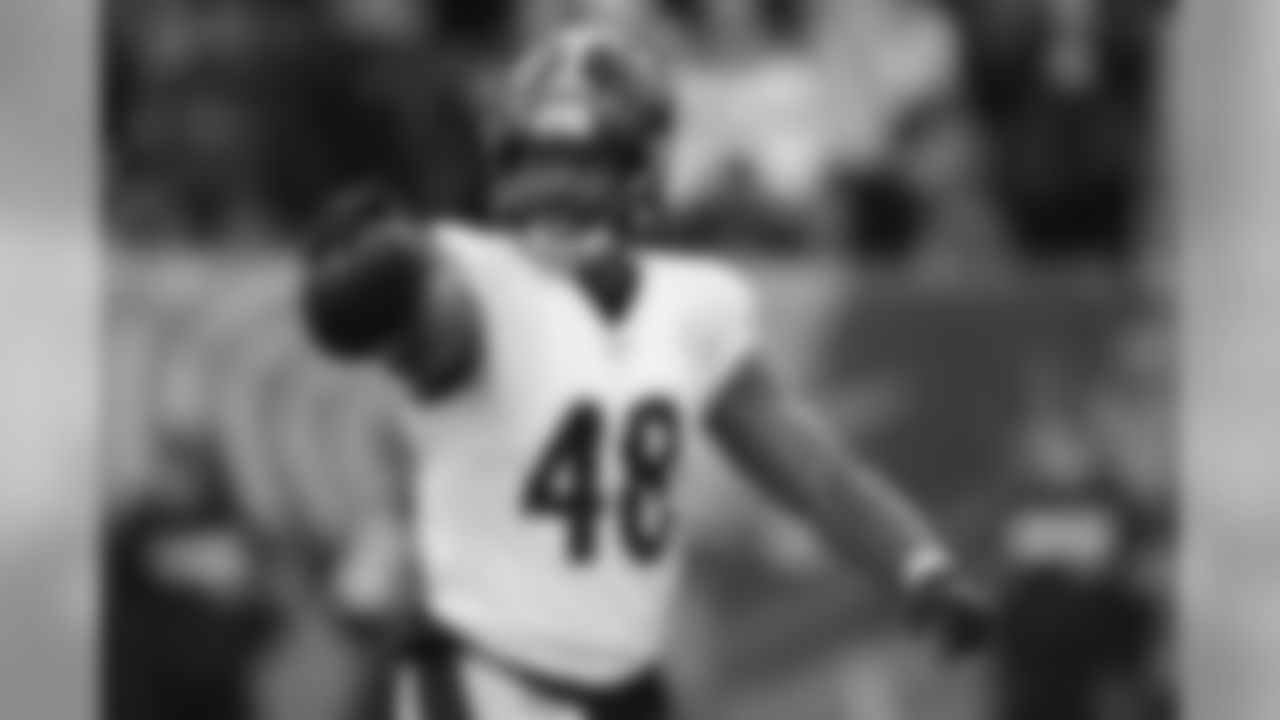
(OLB) Bud Dupree-Steelers
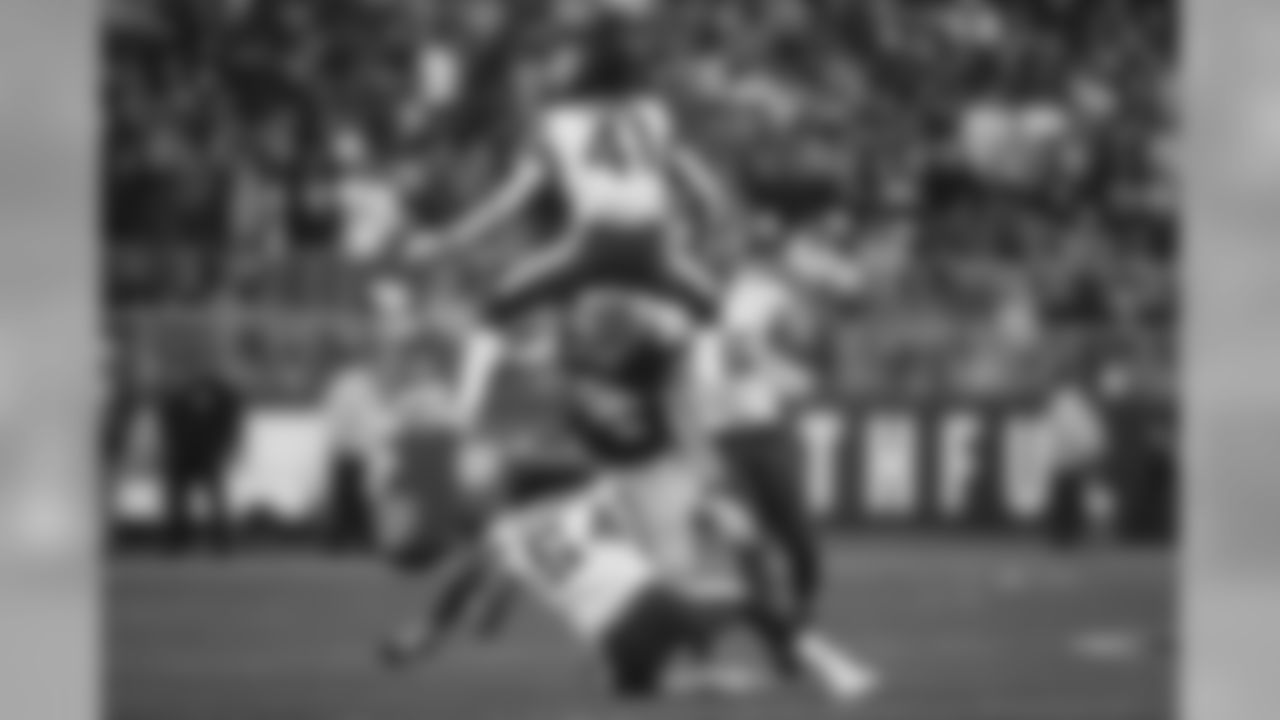
(S) Anthony Harris-Vikings

(OT) Jack Conklin-Titans
In 2018, the Buccaneers allowed a passer rating of 108.5 when they didn't blitz, but things actually got worse when they did send extra rushers, with that rating going up to 115.5. In 2019, Bucs opponents compiled a 95.1 passer rating when not blitzed but that number dropped to 82.7 when Bowles sent extra men after the passer. The '18 Buccaneers still allowed a 63.5% completion rate on blitzes; that fell to 54.8% last year.
Weirdly, the Bucs' "pressure rate" on blitzes did not improve in 2019. The 2018 defense generated 47 pressures on 153 blitzes, for a pressure rate of 30.7%. in 2019, the defense recorded 85 pressures on 299 blitzes, for a rate of 28.4%.
The picture is even brighter when one splits the season in half, as Tampa Bay's defense in 2019 struggled often during the first eight games but was much better during the last eight. On blitzes in the season's first half, the Bucs generated a pressure rate of 26.9%, allowed a completion rate of 59.3% and gave up an opposing passer rating of 94.7. On blitzes in the season's second half, the Bucs generated a pressure rate of 30.6%, allowed a completion rate of 48.2% and gave up an opposing passer rating of 65.1. Two factors likely played a part in that improvement: the return of Jason Pierre-Paul and the improvement in communication in the secondary.
So as we anxiously await the start of free agency, and some good news before that, let's at least be thankful that Todd Bowles is coming back.
Now on to your questions.
A reminder that you can send questions to me anytime you want on Twitter (@ScottSBucs) and they're easier to find if you include the hashtag #SSMailbagBucs. We are also now soliciting questions each week on our Instagram page; look for that story on Wednesdays. As always, if you want to get a longer question into the mailbag and would prefer to email your question, you can do so to tbbsocial@buccaneers.nfl.com.
My name is John Barber, I live in Moultrie, GA I've been a buccaneer fan since 1978.
My question is do you think Matt Gay will improve his FG percentage of 77% and XP percentage of 87%. The elite kickers are 88% and 94% respectively.
(via email to tbbsocial@buccaneers.nfl.com)
I've had people tell me that they've been Bucs fans since 1976, the team's first season, but I have to say, "Buccaneer fan since 1978" sounds like a better way to go. John here didn't have to live through 0-26 and his new favorite team made the playoffs three of the first five years he was onboard. That's just good timing!
Anyway, yes I think Matt Gay will have better field goal and extra point percentages in his second season. I base that on the fact that, with three games left to go in his rookie season, Gay was already there, at least in terms of field goal percentage.
Through his first 13 games, Gay made 24 of his 27 field goal attempts, which is a success rate of 88.9%. At the time, that was tied for the eighth-best percentage in the NFL, and the overall league average on field goals was 81.1%. Obviously, the reason that I'm sampling Gay's first 13 games was that he slumped over the last three weeks, missing five of his last eight tries, and that brought his final rookie season average down to 77.1%, dropping all the way down to 23rd in the league in that category. At the same time, the league average improved to 82.7% by year's end, so once again the Bucs had below-average placekicking results.
I don't have a crystal ball so I can't know for sure that Gay is going to kick more like he did in the first 81.3% of the season than he did over the last 18.7%, but I'm going to put my confidence in the larger sample size. Gay was also lights-out during offseason workouts and training camp, so I feel like I've seen plenty of evidence that Gay can become, in time (and hopefully not much time) one of those elite NFL kickers who seems automatic.
As for the extra points, all five of his misses came in two games. He was perfect in the other 14 contests, which also makes me think he can be reliable in that regard. We'll see.
I'm not sure exactly how you have come to define elite kickers as ones who make 88% on field goals and 94% on extra points, but I'm not going to quibble. Those seem like good cutoffs. Last year there were only nine qualifying kickers who would have qualified in that field goal percentage range, while 18 hit their extra points at 94% or better. You'd have to set that at 97% to narrow the field down to just 10 "elite" kickers.
If you have to hit both those marks to be considered elite, now we're narrowing the field a bit. In 2019, there were only six qualifying kickers who finished with success rates of at least 88% on field goals and 94% on extra points: Josh Lambo, Justin Tucker (of course), Chris Boswell, Mason Crosby, Wil Lutz and Zane Gonzalez.
Here's the thing, though: Even the best kickers don't hit those marks year after year…I mean, other than Tucker. The Ravens Pro Bowler is a robotic kicking machine, and he's qualified on both percentages in six of his eight seasons, including the last four in row. However, Crosby has only hit both marks twice in 13 seasons and both Lambo and Gonzalez were new to that club in 2019. Lutz has hit the marks two of four seasons while Boswell is three-for-five.
So I do think that Matt Gay is capable of hitting 88% of his field goals and 94% of his extra point tries next year. That doesn't necessarily mean I think he's going to hit them every year. Like I said, we'll see. I just feel more confident about the kicking situation heading into the offseason than I have for many years.
Top players to watch in the Combine for the Bucs?
- @_ncookie45_ via Instagram
…and…
Are you interested in WR Van Jefferson from the Florida Gators? He has speed and amazing hands.
- @dustin14brown, via Instagram
If you've heard or read some of my comments about the Buccaneers' options with the 14th-overall pick you'll know I'm fully onboard with the idea of using it on an offensive tackle, something the team hasn't done in the first round in nearly two decades. And if you've been perusing a variety of mock drafts recently, you'll know that this draft is considered deep in first-round talent at that position, but a real solid consensus on what order they should go in has yet to emerge. That will probably be clearer after the Combine.
And so it would make logical sense to focus on the likes of Georgia's Andrew Thomas, Alabama's Jedrick Wills, Louisville's Mekhi Becton, Iowa's Tristan Wirfs, Houston's Josh Jones, USC's Austin Jackson and a few others. The problem is, offensive line drills are not among the most entertaining at the Combine. It's certainly not must-see TV during the 40-yard dash segment.
The Buccaneers could also go with an edge rusher, particularly if they suffer some losses in free agency, and I'm sure you already know to keep an eye on LSU's K'Lavon Chaisson, Iowa's A.J. Epenesa, Penn State's Yetur Gross-Matos and a couple others. (You can enjoy the Chase Young show but don't get your hopes up.) However, we could also stick with the first-round-offensive-tackle theory and see if the Bucs could find edge rush help a little later in the draft.
Wisconsin's Zack Baun might sneak into the first round but he could also still be in play at pick #45, where the Bucs are in the second round. He could be a pure edge-rusher or an off-the-ball linebacker; I'm sure Todd Bowles could figure out to use him. Another Big Ten product worth watching is Michigan's Josh Uche. And Notre Dame's Julian Okwara is grouped with the defensive linemen on the Combine's official invite list but some teams may see the 6-5, 240-pounder as an outside linebacker.
I know there is a lot of interest among Buccaneer fans about the potential of adding another running back to the backfield, and if we're going to stick with the idea of a tackle in the first round this could be something the team addresses on Day Two, or even Day Three. Two possible second or third-rounders I personally find intriguing are Florida State's Cam Akers and LSU's Clyde Edwards-Helaire.
There will also be a running back at the Combine named Anthony McFarland, from Maryland. He is not the son of former Buccaneer Anthony "Booger" McFarland, but USC's Michael Pittman, Jr. is the son of former Buccaneers running back Michael Pittman. The elder McFarland and Pittman were both members of the Bucs' Super Bowl-winning team, so I guess it will be entertaining to hear their names repeatedly next week. Plus, running back and wide receiver are two positions the Buccaneers could address in middle rounds.
And to that point, I attached Dustin's question about Florida wide receiver Van Jefferson because he seems like the type of player the Bucs might be able to get in the third or fourth round. Jefferson helped himself with a very good week at the Senior Bowl, so perhaps he is on the Bucs' radar.
Of course, with so much attention being paid to the Buccaneers' quarterback situation, thanks to Jameis Winston's potential free agent status, it doesn't make sense to ignore that position at the Combine. If you're in the camp that believes the Bucs will be going in another direction under center, you'll certainly be interested in this year's group of passers. Barring a trade, it seems unlikely that the Buccaneers will get a shot at Joe Burrow, Tua Tagovailoa or Justin Hebert. The names more commonly being attached to Tampa Bay are Washington's Jacob Eason and Utah State's Jordan Love, and perhaps Georgia's Jake Fromm on the second day.
Finally, if there's one guy I'm really looking forward to watching do his drills it's Clemson's Isaiah Simmons. He seems like the kind of athlete who might take the Combine by storm, and the question regarding whether he is a linebacker or safety at the next level will likely be a big topic of conversation next week as he is measured and tested.
Scott,
I appreciate that you're ever the voice of reason in discussing all things Bucs. Question: If I were faced with the Bucs quandary of what to do with Winston. I think his production and experience within the system give us the best chance of making a run at playing in the Super Bowl at home next year (perhaps Brady could do it too, if he were available, affordable, and willing). This is assuming we have a defense performing as it did at the end of last year; and the kicking game being highly consistent. I think I would bring back Blaine Gabbert and tell Winston he's never going to have another 3 interception game in Tampa, because after 2 he sits on the bench and Gabbert finishes the game (win or lose; we have enough talent to do that). How unreasonable (or reasonable) do you think this solution is?
- Joel Weaver (via email to tbbsocial@buccaneers.nfl.com)
Of course that's a reasonable scenario, Joel. It's not hard at all to make a case on either side of the argument about whether the Buccaneers are best to continue forward with Jameis Winston or move in another direction at quarterback after five years with the 2015 first-overall draft pick. Winston's 5,100 yards, 30 touchdowns and 30 interceptions in 2019 gives plenty of ammunition to those on both sides of that argument. Remember, Arians said this in his final press conference of 2019: "We can win with this one; we can definitely win with another one too because we're going to have this defense."
What you're really doing, Joel, is laying out what has to happen for the keep-Winston approach to be a success. The defense has to play like it did in the second half of the 2019 season so whoever is under center isn't frequently trying to pass the team out of big scoreboard deficits. The kicking game has to be reliable so that when Winston directs a potential scoring drive in crunch time – something, let's not forget, he was very good at in 2019 – the winning points can be delivered. And, obviously, the giveaways have to be significantly reduced. And that's the primary argument you're going to hear from the other side, Joel, that the reduction of turnovers simply isn't going to happen.
As for the Gabbert signing and the notion of pulling your quarterback when he hits a certain number of turnovers in a game, those are specifics that I don't think are absolutely necessary to the scenario. It could be Gabbert or another trusted veteran as the backup, and it could be an in-game plan more specific to what is going on at the time, but the point is: The leash is not nearly as long as it was before. And I think you can gather that would be the case from another thing Arians said in that same press conference, when he was asked if he was a little more forgiving of mistakes from his quarterback in that season than he usually would be.
"Yes," said Arians. "A big part of it was Blaine [Gabbert] getting hurt. And we had to find out. This is a franchise and we had to find out."
I think Arians knows what he needs to know now, and I trust him and General Manager Jason Licht to make the right decision when it comes to what is best for the team at the most important position moving forward.


































